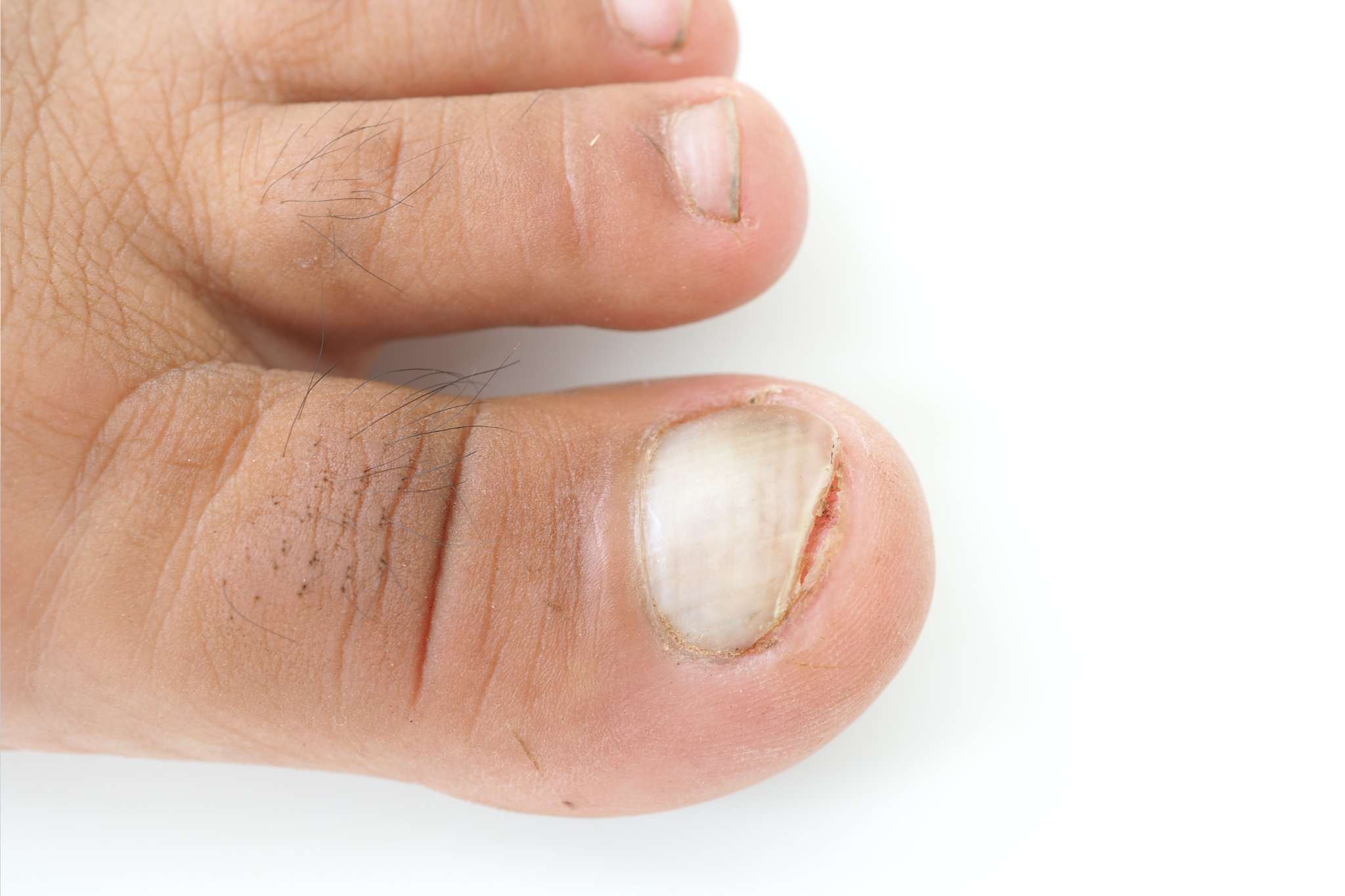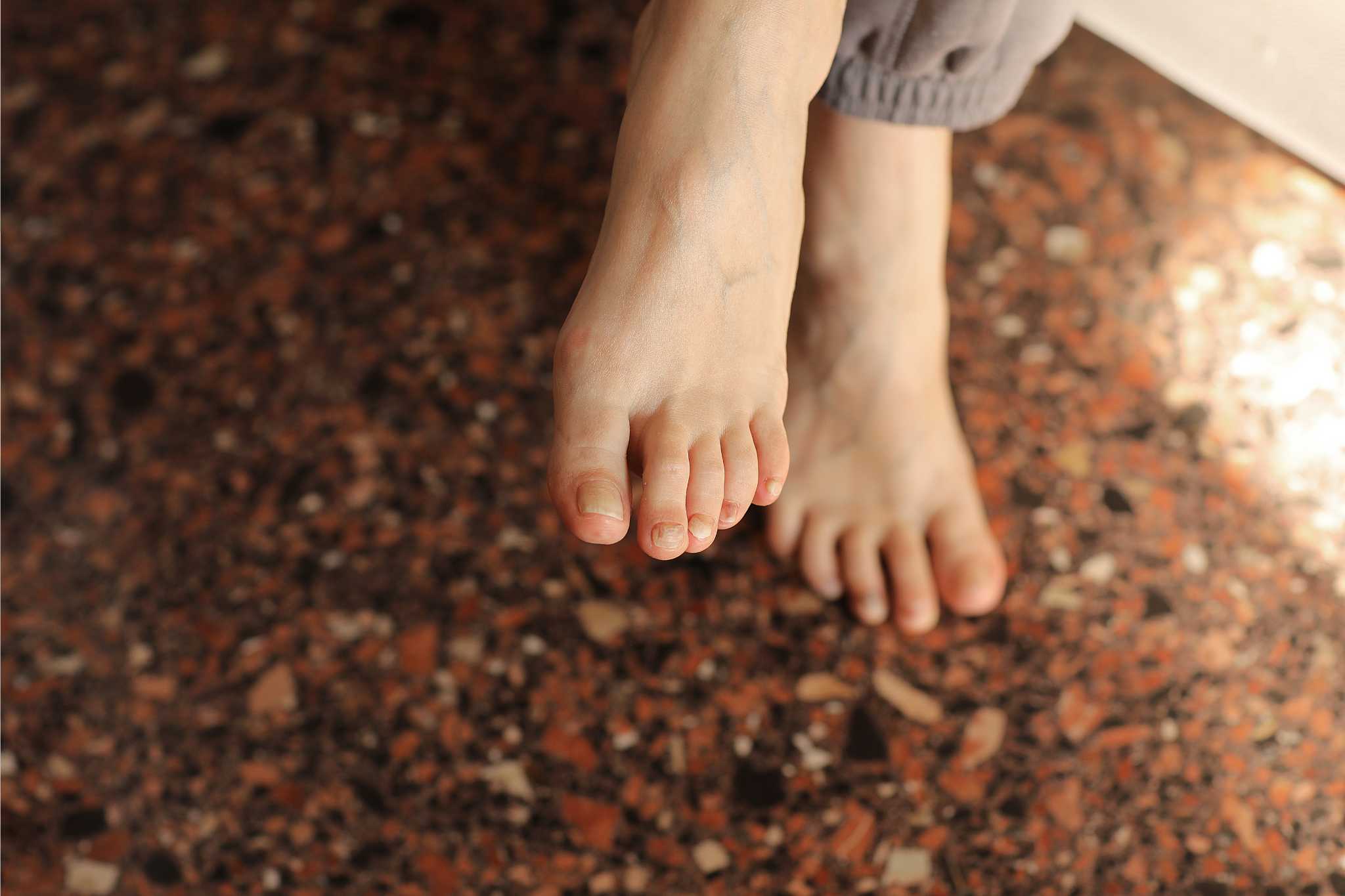What Should I Do About Reoccurring Ingrown Toenails?
Few things can be as bothersome and painful as a recurring ingrown toenail. It’s a common foot condition that affects millions of people worldwide. Dealing with recurring ingrown toenails can be a frustrating and painful experience.
Whether you’ve had one before or are currently suffering from this condition, understanding its causes and taking appropriate preventive measures is crucial. In this blog post, we will delve into the world of ingrown toenails, exploring their symptoms, underlying causes, prevention techniques, available treatments, and how Richardson Podiatry Center can help you find relief.
What are Ingrown Toenails?
Ingrown toenails occur when the edges or corners of your nails grow into the surrounding skin. This condition commonly affects the big toe but can also occur in other toes. If left untreated, ingrown toenails can lead to infection and severe discomfort, making it difficult to walk or wear shoes comfortably. Recurring ingrown toenails refer to the condition when the issue becomes persistent, with the nail repeatedly growing into the skin after initial treatment or without intervention.
What are the Symptoms?
Identifying the symptoms of an ingrown toenail is essential for early intervention. Look out for the following signs:
- Pain and tenderness along the edges of the toenail.
- Redness and swelling around the affected area.
- Increased sensitivity to pressure or touch.
- Formation of pus or discharge if an infection is present.
- Difficulty wearing shoes due to pain or pressure.
- Formation of a skin overgrowth due to chronic irritation.
For some unfortunate individuals, ingrown toenails become a recurring issue. It can feel incredibly frustrating to experience relief after one episode, only to have the problem reemerge time and time again. If you are concerned about recurring ingrown toenails, some of the most common symptoms to look out for are:
- Infection: When the skin surrounding an ingrown toenail becomes inflamed, it becomes susceptible to bacterial or fungal infections. These infections can cause pain, swelling, and drainage of pus.
- Abscess Formation: If an infection progresses, it can lead to the formation of an abscess, a painful collection of pus underneath the skin. Abscesses require medical intervention and may even necessitate a minor surgical procedure to drain the pus.
- Chronic Pain: Over time, recurring ingrown toenails can cause chronic pain and discomfort, making it challenging to walk or engage in everyday activities.

Why Do I Keep Getting Ingrown Toenails?
Understanding the causes of recurring ingrown toenails is crucial for effective prevention. Some common factors contributing to their recurrence include:
- Wearing the Wrong Shoes: Tight-fitting or narrow shoes can put excessive pressure on the toes, leading to ingrown toenails. Opt for footwear that provides enough room for your toes to move comfortably.
- Trimming Nails Incorrectly: Cutting your nails too short or rounding the edges can encourage the nail to grow into the skin. Trim your nails straight across and avoid cutting them too close to the skin.
- Trauma or Injury: Stubbing your toe or dropping something heavy on it can lead to ingrown toenails.
- Fungal Infections: Infections such as toenail fungus can cause changes in the shape and thickness of the nail, increasing the likelihood of ingrown toenails.
- Inherited Nail Shape: Some individuals have a naturally curved or involuted nail shape, which increases the likelihood of developing ingrown toenails. Extra care and preventive measures are essential if you have such nails.
What Can I Do to Prevent Ingrown Toenails?
Preventing ingrown toenails starts with practicing good foot care and making some lifestyle adjustments. Here are some tips to help you avoid the recurrence of ingrown toenails:
- Trim your toenails properly: Cut your nails straight across and avoid rounding the edges. Be cautious not to cut them too short, leaving a little bit of length.
- Wear shoes that properly fit: Opt for shoes with a wide toe box to allow ample space for your toes. Avoid tight, pointy, or narrow shoes that squeeze your toes together.
- Wear protective footwear: If you frequently engage in activities that put your feet at risk, such as sports or heavy physical work, consider wearing protective footwear to reduce the chances of injury and trauma to your toes.
- Practice good foot hygiene: Keep your feet clean and dry, and consider using antifungal powders or sprays to prevent fungal infections.
- Regular foot checks: Keep an eye on your nails and feet, and seek medical attention at the earliest signs of recurrence.

Treatment for Ingrown Toenails
If you are experiencing recurring ingrown toenails despite your preventive efforts, seeking professional treatment is essential. At Richardson Podiatry Center, our skilled podiatrists offer a range of treatment options tailored to your specific needs. In cases of persistent or severe ingrown toenails, a minor surgical procedure may be recommended to permanently remove a portion of the nail, providing long-term relief.
Let Us Help With Your Ingrown Toenails
If you’re struggling with recurring ingrown toenails or have any foot-related concerns, don’t hesitate to reach out to Richardson Podiatry Center. Our experienced team of podiatrists is dedicated to providing comprehensive foot care and can develop a personalized treatment plan to address your specific needs.
By understanding the causes, recognizing the symptoms, and seeking appropriate treatment, you can overcome this condition and find relief. Don’t let recurring ingrown toenails disrupt your daily life. Take proactive steps towards prevention and seek professional care when needed. Contact Richardson Podiatry Center today to schedule an appointment. Don’t let ingrown toenails keep you from enjoying a pain-free and active lifestyle.
